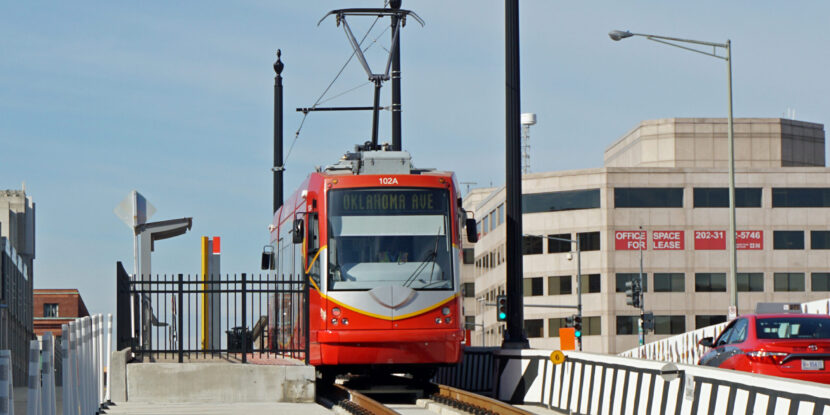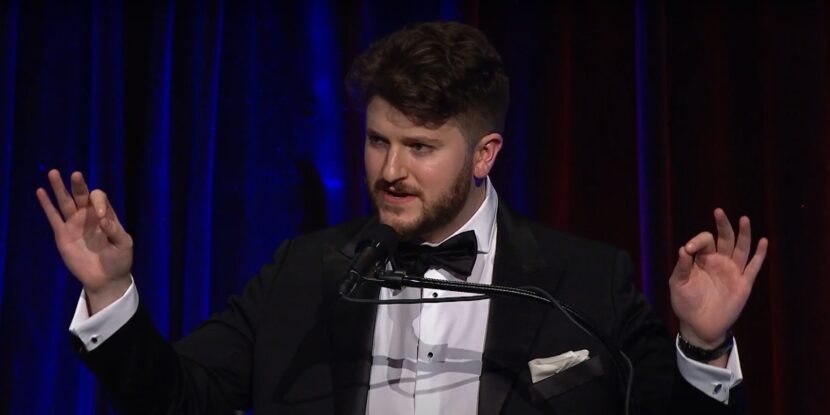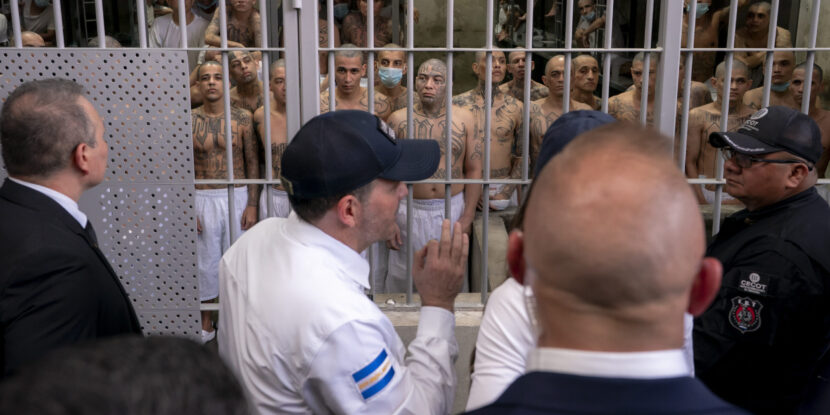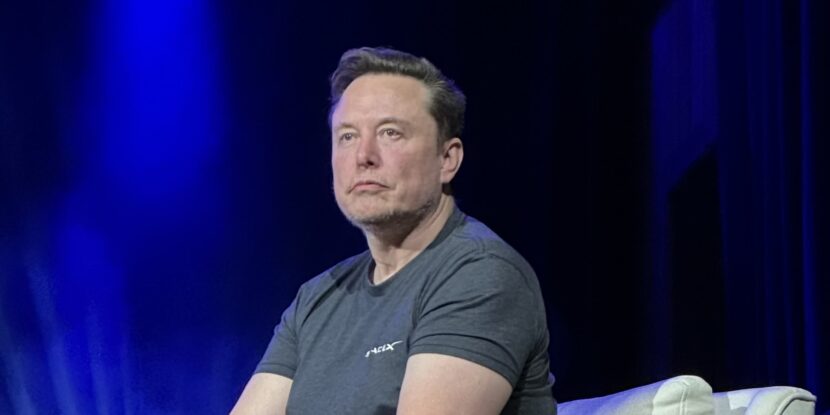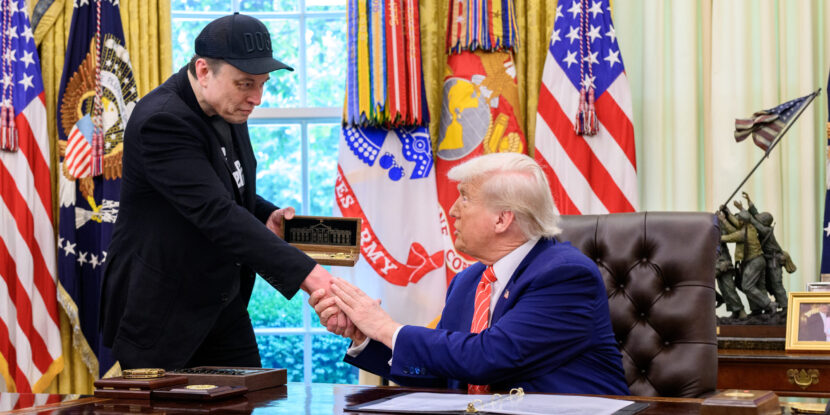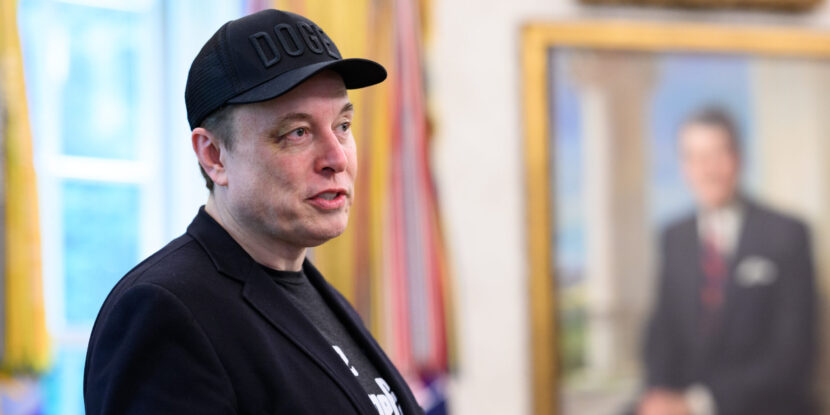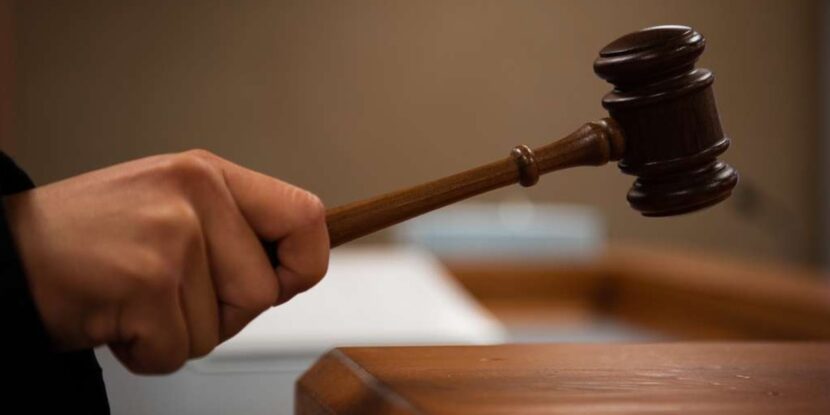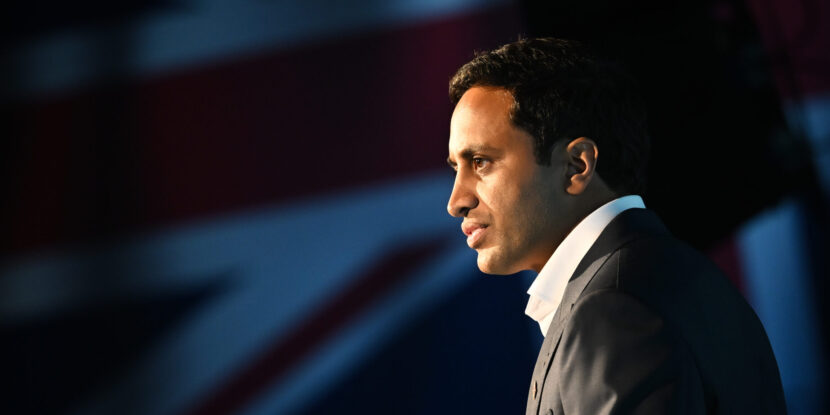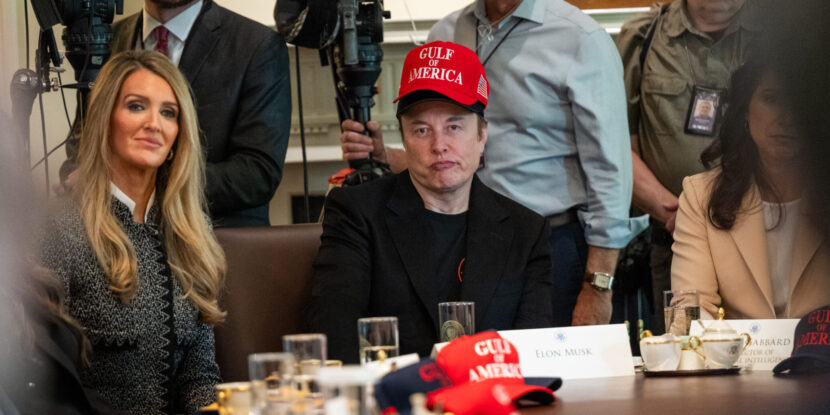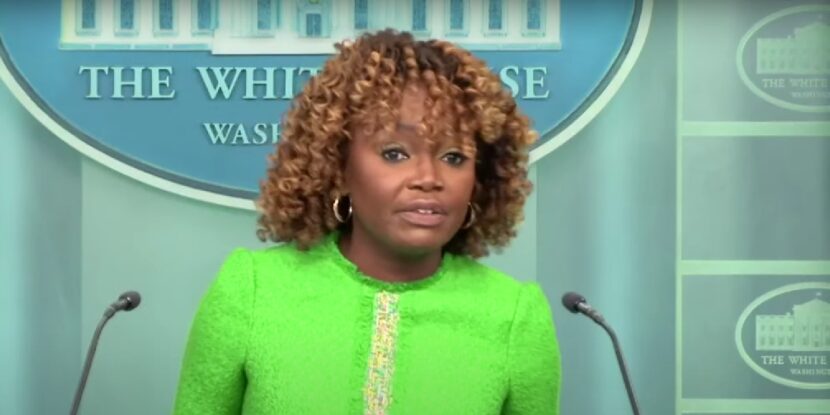PULSE POINTS:
❓What Happened: The Washington, D.C. city government is giving up on the H Street streetcar and will replace the 2.2-mile-long above-ground light rail system with an electric bus powered by the existing overhead cables.
👥 Who’s Involved: The Washington D.C. city government, the Democrat-controlled city council, Mayor Muriel Bowser (D), and City Administrator Kevin Donahue.
📍 Where & When: City officials in the nation’s capital announced the decision last week.
💬 Key Quote: City Administrator Kevin Donahue has indicated the overhead cable-powered electric bus line will allow officials “to more nimbly and quickly expand the streetcar line out beyond where we currently are.”
⚠️ Impact: The over $200 million streetcar boondoggle has been an embarrassment for the D.C. city government for over a decade. Only 2.2 miles of the streetcar system were ever opened for use; it lacks a dedicated lane or a mechanism to collect fares, and travels at only 12 to 15 miles per hour.
IN FULL:
Washington, D.C.’s sole, 2.2-mile-long streetcar line will soon be no more, with the city government deciding to replace the over $200 million boondoggle just 15 years after track for the project was first laid on H Street NE and a decade after actual operations commenced. Initially billed as an environmentally friendly, more accessible, and aesthetically pleasing alternative to city buses, the streetcar line will be replaced by a bus once again. Still, in an apparent attempt to save face, Mayor Muriel Bowser insists the electric bus is actually a “next generation streetcar.”
The electric bus that will replace the H Street streetcar will utilize the existing overhead power cables, meaning it will still suffer from some of the existing drawbacks that the failed street-level rail system did. Notably, the existing rail line lacks a barrier separating it from the street, which has resulted in the streetcar being unable to proceed forward when a car is double-parked and blocking its track. While the electric bus will not be confined to a track in the same manner as the streetcar, the overhead cables will still limit its maneuverability.
In over one decade of operation, the D.C. streetcar has never once generated a single dollar of revenue. It operates on a $10 million taxpayer subsidy per year. After years of delays and cost overruns, an eventual rushed rollout of the streetcar caused city officials to neglect installing a fare collection system on the streetcar. Eventually, the city government gave up on any plans to charge streetcar riders as the single 2.2-mile line struggled to match the capacity of buses running along the same route.
Despite the city’s budget constraints playing a significant role in the decision to shutter the sole operating streetcar line, the Democrat-dominated D.C. government still intends to push forward with a costly “green” public transit system. City Administrator Kevin Donahue has indicated that the overhead cable-powered electric bus line will allow officials “to more nimbly and quickly expand the streetcar line out beyond where we currently are.”
